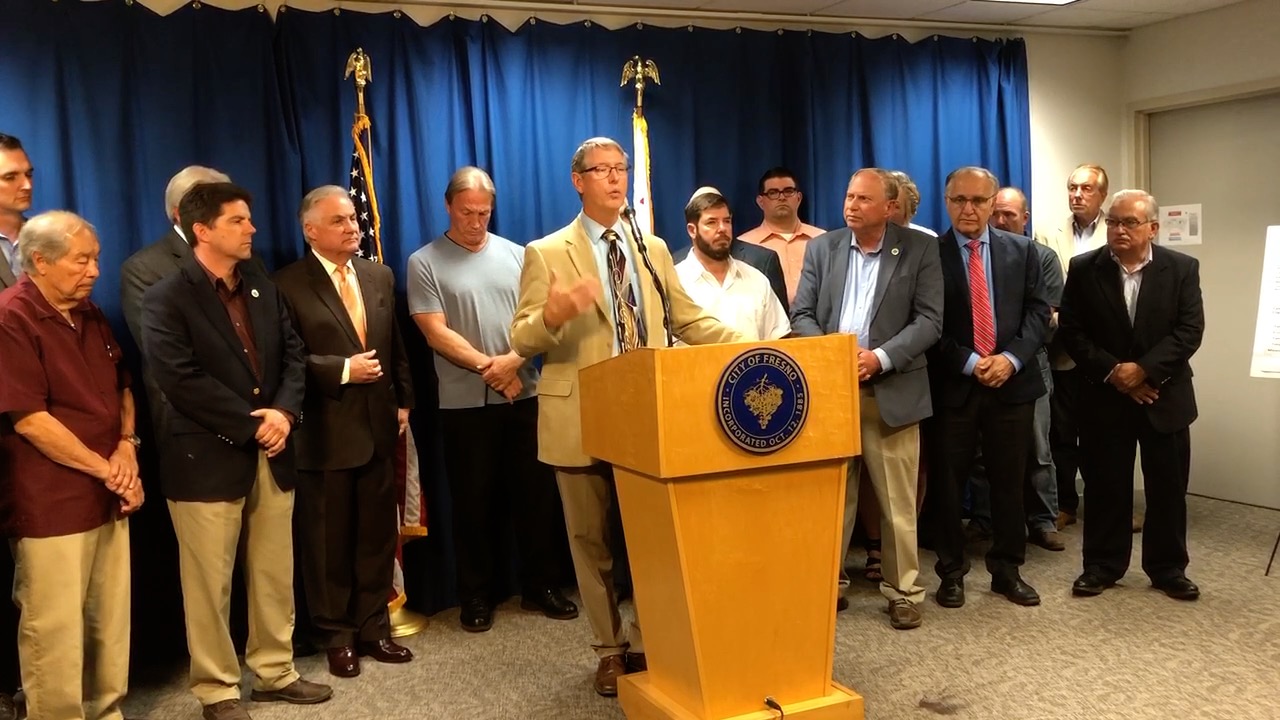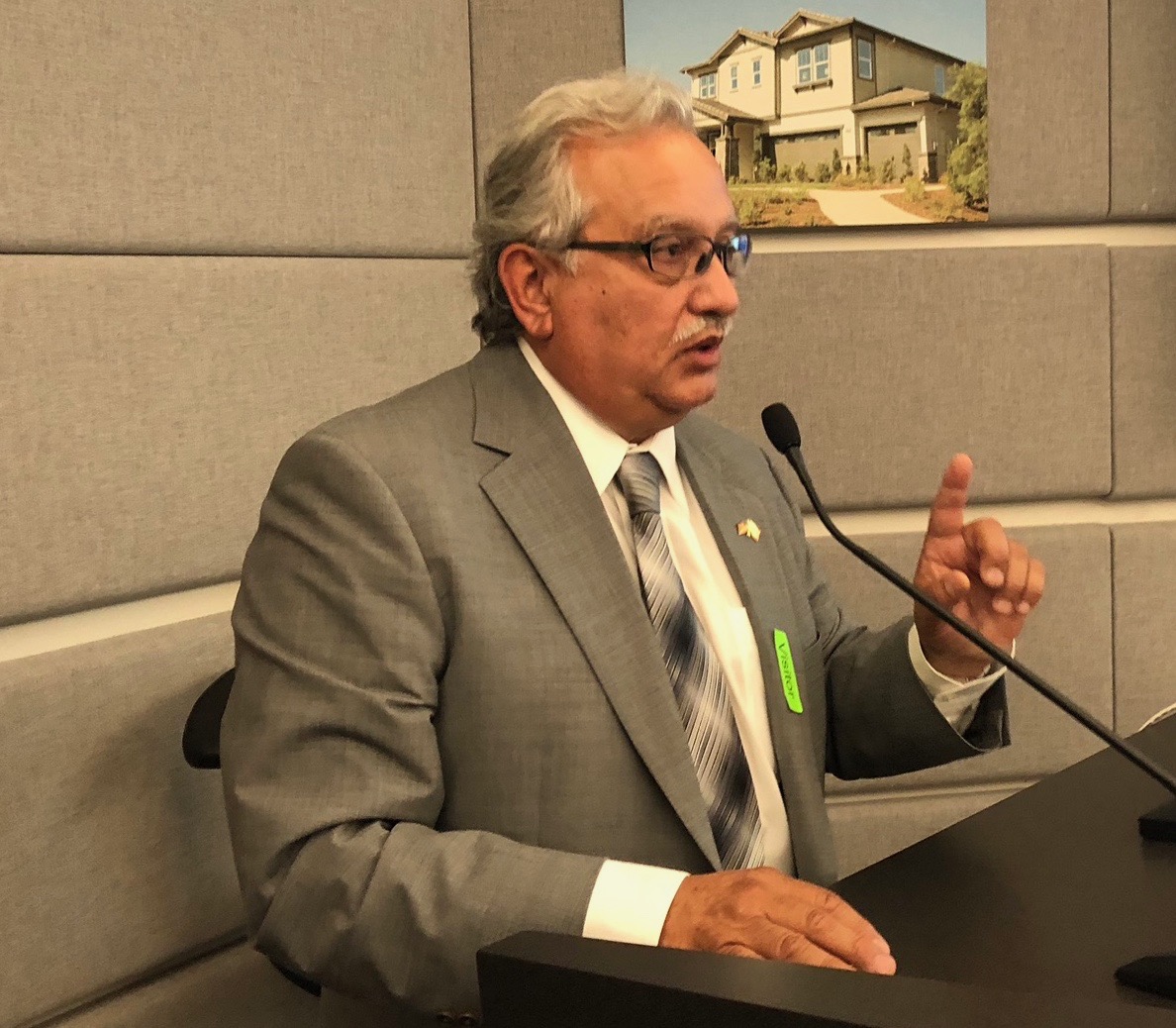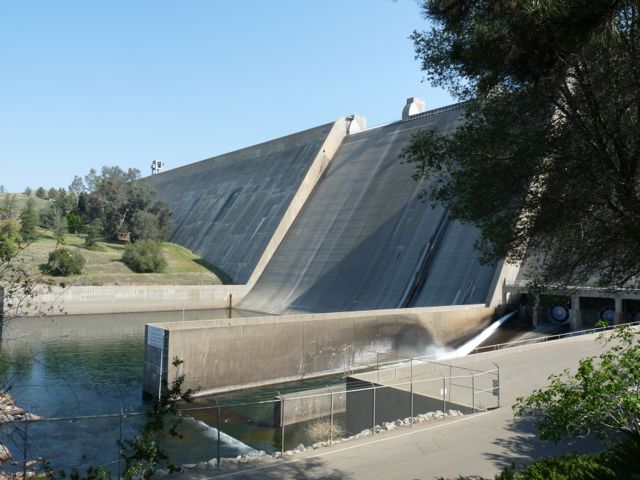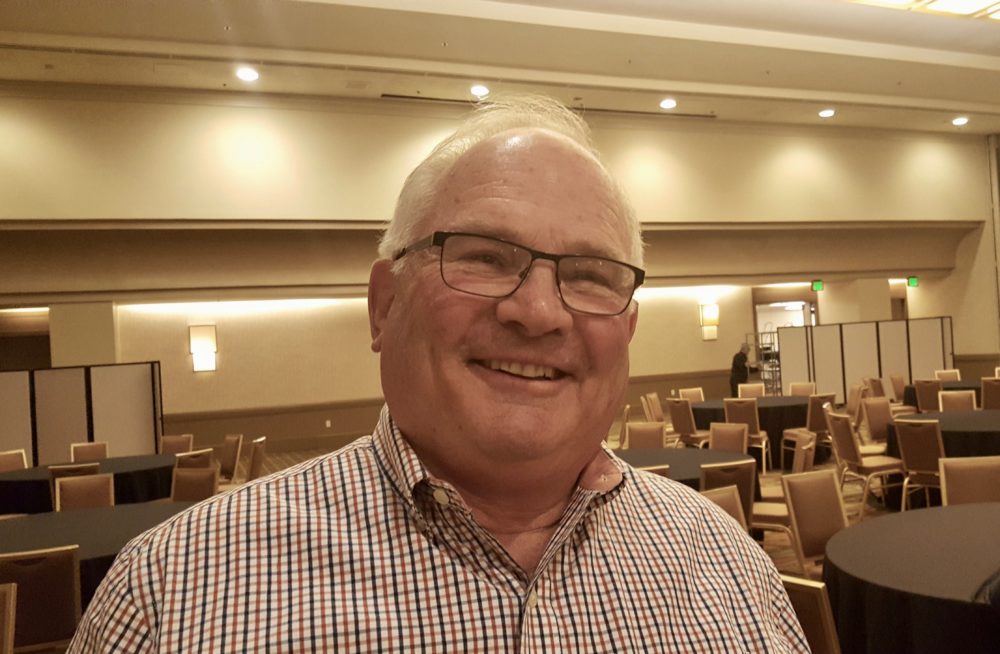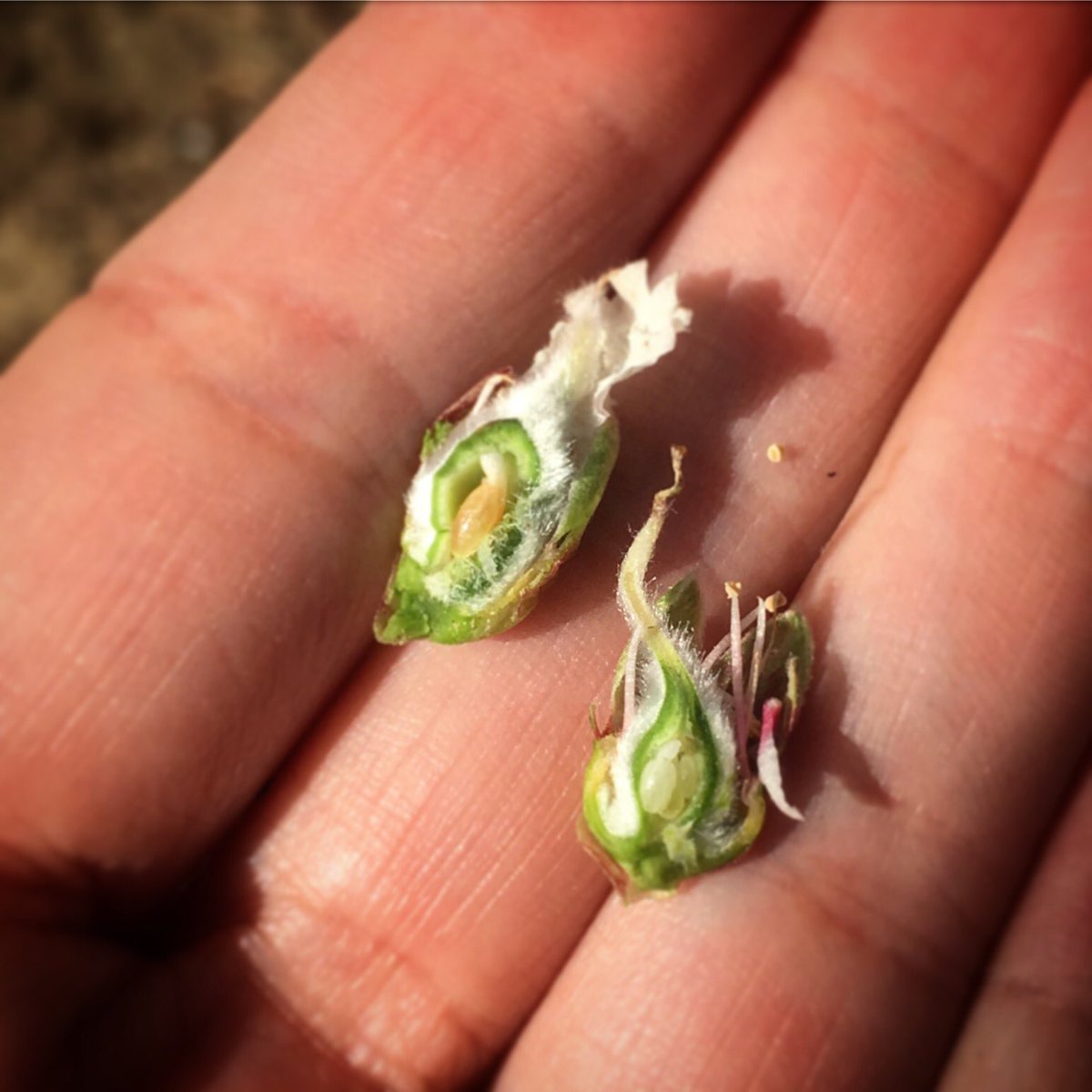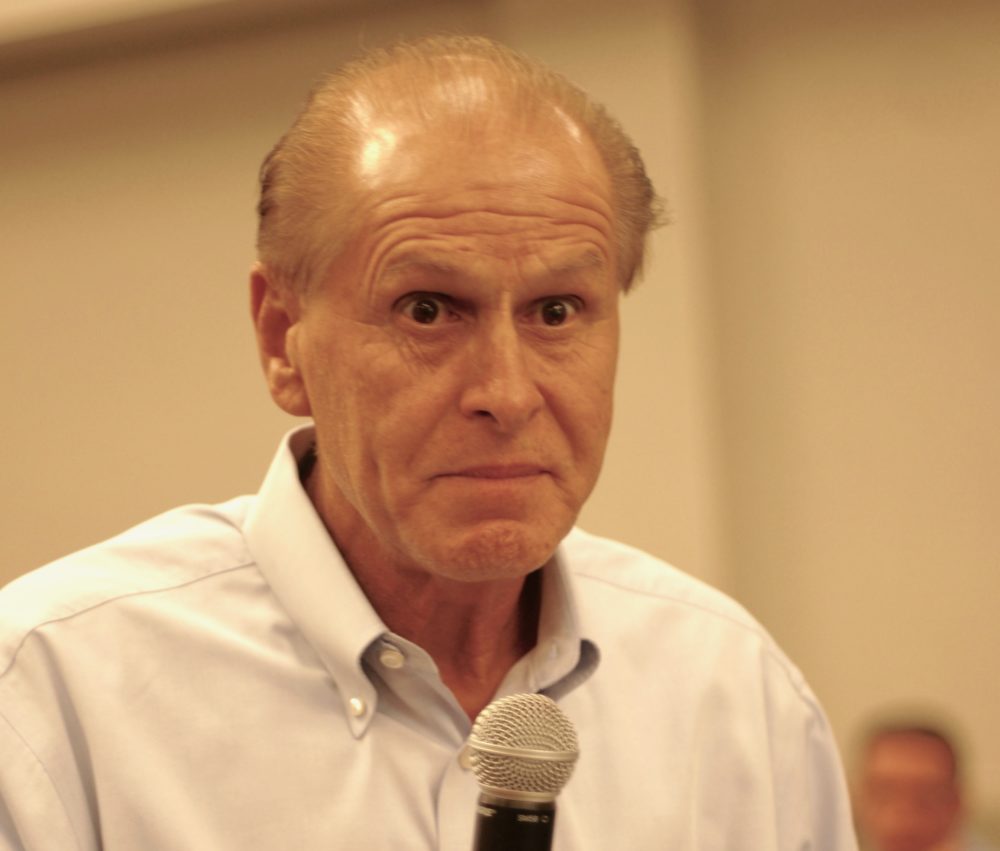Chinese Customers Hurt with Increased Tariff
Not Just California Farmers Hurt with Added Trade Tariff
By Patrick Cavanaugh, Editor
The extra tariff that China is putting on California agricultural products is an added frustration for the customers in China, said Jamie Johansson, President of the California Farm Bureau Federation.
“It’s not just the extra 15 percent being levied by that country. But for our nut crops and wine guys, we already have 15 or 20 percent tariffs,” Johansson explained. “This is nothing new to us in California. California agricultural products excel in the Pacific Rim. We know we can compete with anyone in a global market. We know that no one’s better than the California farmer in terms of serving the Pacific Rim nations, and no one can get their product to the market faster in those Asian countries than California.”
Customers are affected the most when tariffs are implemented.
“I say when we have these trade talks and trade negotiations—and even now China [is] threatening the trade tariffs or has current tariffs on California products—it isn’t just the farmers that suffer,” Johansson said.
“We need to remind China that it is their consumers who are demanding our quality milk, our cheeses, our wine, pistachios, and almonds as well. Their consumers will suffer just like the California farmer. And we need to remind them of that because we only sell to the countries with consumers who demand it, and that’s who decides what we grow and where we ship to,” Johansson said.



